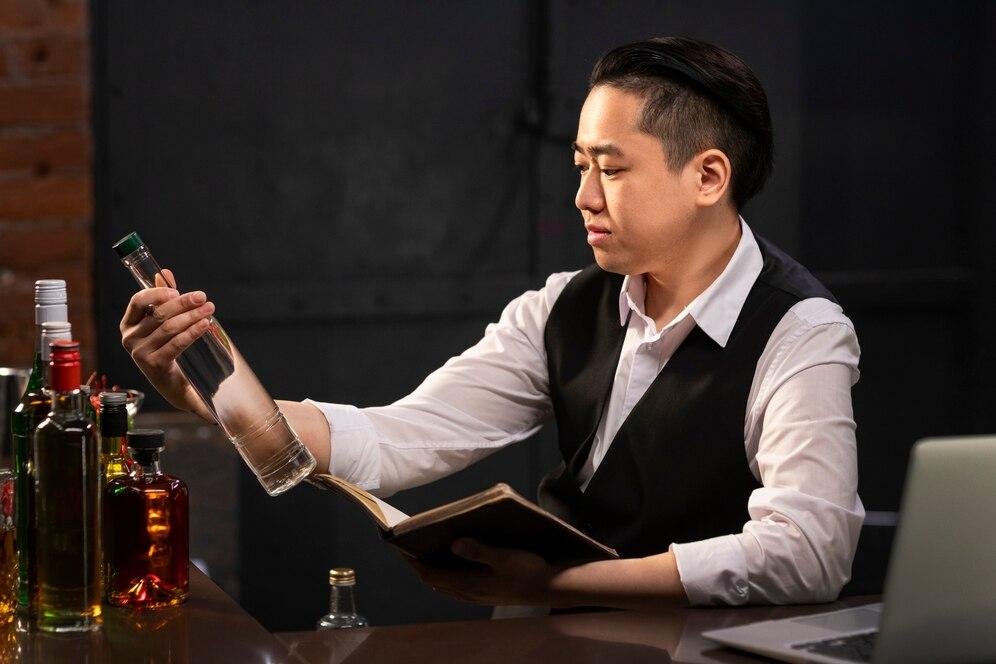For Liquor Supplier Philippines, positioning their brand in the minds of the consumers becomes one of the critical strategies for building a market presence and avoiding competition. However, the range of consumption patterns offered to the consumer is extensive. The efficient positioning of a liquor brand can enhance its market share, customer loyalty, and expansion potential even further.
This article looks into the major principles of brand positioning as far as liquor suppliers in the Philippines are concerned and examines such issues as market research, brand image, audience segmentation, and positioning methods.
Crafting a Distinctive Brand Identity
Effective brand positioning can only happen with a firm brand identity. It denotes what the brand represents and influences how consumers view and perceive the brand. In the case of a liquor supplier in the Philippines, a distinct identity should be developed and built around aspects. Such as the brand story, product quality, packaging, and communications.
Brand Story
Discuss what motivated the creation of the brand and its evolution over the years. For example, stressing the use of indigenous materials or native brewing processes will most likely appeal to the Filipino sense of patronage towards local products.
Product Quality
Promoting the brand as a supplier of high-class and original spirits will enable its marketing strategies to outshine other cheap options. Therefore, stressing quality certificates and awards, and uncommon ways of production can further strengthen the premium image of the brand.
Packaging and Labeling
Well-designed and culturally appropriate packaging plays an important role in influencing how a brand is perceived by customers. For instance, using some aspects of Filipino culture such as colors, patterns, or symbolism in the package design will likely earn the acceptance of the local consumers.
Messaging Tone
The language deployed in brand messaging must be consistent with the lifestyle and aspirations of the target market. For instance, a college student’s understanding of brand communication would be enhanced with an informal and energetic tone as compared to the older consumers who would get thrilled with an elegant and refined tone.
Identifying the Target Audience
Effective brand positioning of a company is determined by several factors among which targeting the right audience is very crucial. In the case of the liquor industry, the targeted segments may differ significantly from each other. The range starts from young drinkers looking for cheap and fashionable liquors. To rich older individuals seeking expensive and rare liquors. This is because the focus on the right consumer group enables a brand positioning strategy that is more targeted and effective.
Young Adults (Aged 21-35)
This particular audience segment tends to seek out inexpensive, tasty, and eminently shareable drinks. Hence, the positioning strategies for this group can be oriented around social interactions, occasions, and lifestyle connections.
Affluent Consumers (Aged 35+)
Such people may lean towards a love for extravagant spirits, exquisite wines, or unique liquors. The brand positioning needs to focus on these attributes quality, craftsmanship, exclusivity, and status.
Health-Conscious Drinkers
Due to the rising health consciousness among consumers, health-centric beverages such as a low threshold of alcohol content liquors or organic liquors are on the rise. This can be attributed to the fact that these consumers would readily accept such products if they are marketed as natural or organic or low in calories.
Local Enthusiasts
Filipino liquors might appeal to consumers who want to buy local products. The brands could market themselves as patrons of the local society – encouraging the use of traditional brewing or distilling practices.
Brand Positioning Strategies for Liquor Suppliers
Possessing in-depth market knowledge, a strong brand image, and an identified market segment, among others, positions liquor suppliers in the Philippines to effectively employ specific strategies to gain a competitive edge. Below are some of the strategies that can be applied:
Premiumization Strategy
When it comes to brands that are often aimed at customers with high socio-economic status, making the product a premium choice can be very useful. It includes emphasizing the use of premium-grade materials, skilled workmanship, and complex methods of production. Once in a while introducing a new range or sharing their honors with other luxury brands can add more to their prestige.
Local Authenticity and Cultural Positioning
The cultural background of the Philippines is potentially one of the strong points. Especially, when it comes to placing a liquor brand. For example, highlighting the use of local produce or age-old production methods can strike a chord with individuals who appreciate realness and local patriotism.
Social and Experiential Marketing
It is possible to reach out to younger consumers to create brand loyalty. Additionally, it helps promote the use of word of mouth. The purpose is to link the brand to social interaction, activities, and way of life.
Health and Wellness Positioning
To attract health-focused customers, one of the strategies may include branding the product as being healthier or more natural than the competing ones. This could mean advocating for low-sugar, gluten-free, or organic varieties, among others.
Consistent Brand Messaging Across Channels
The brand needs to be recognized and trusted to cultivate a strong and consistent brand messaging. A brand’s positioning strategy must be uniform across all communication mediums. Such as television and magazines, social networking sites, product handling, and displaying and advertising.d
Key Takeaway
In the case of liquor suppliers in the Philippines, brand positioning entails knowing the market, developing a brand, and identifying the target market and strategies that appeal to the consumers. It does not matter if the brand intended to be luxury, culturally respectful, health aware, or any other aspect. The major objective is to convey and maintain a clear and strong message. positions the brand appropriately in the market. Hence, a thorough brand positioning strategy has a role in building the market share for liquor suppliers.




